Only a few decades ago there were two schools of thought about the origin of lunar craters such as Crater Tycho and Crater Copernicus.
Many astronomers believed them to be of internal origin, that is to say volcanic – quite different from our own towering volcanoes such as Vesuvius, and more akin to caldera
such as those found in Hawaii.
The rival theory attributed them to meteorite impacts.
I was a strong supporter of the volcanic theory, but the evidence against it built up until even diehards like myself had no choice but to admit that it was wrong.
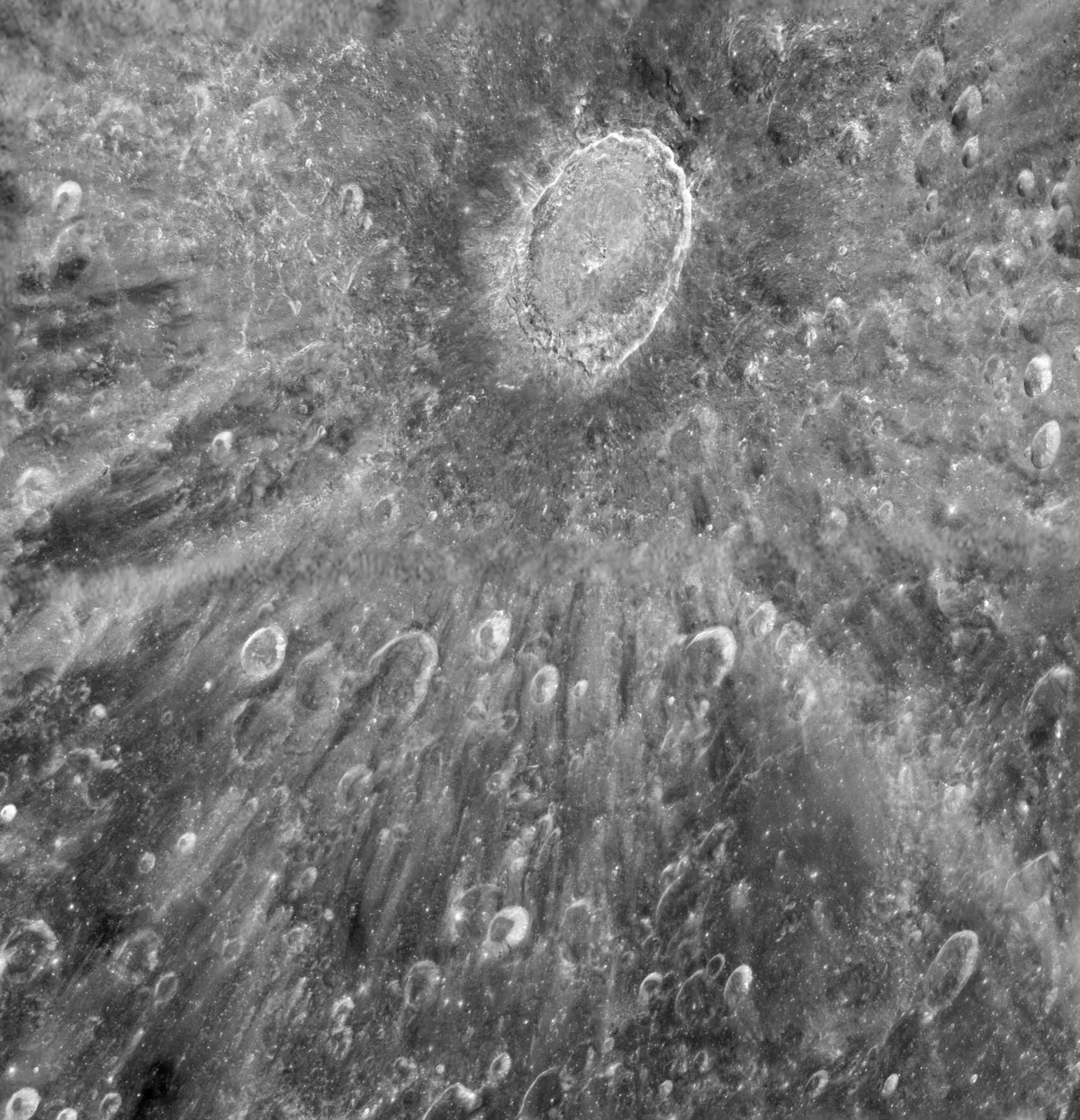
It now seems definite that the Moon was formed about 4.6 billion years ago by a collision between the proto-Earth and a body roughly the size of Mars.
The heat generated during the formation melted the outer layers down to a depth of several hundred kilometres; the less dense materials separated out to the surface and produced a crust.
Then, between 4.4 billion and four billion years ago came the Late Heavy Bombardment, when meteorites rained down to produce the oldest basins, still miscalled ‘seas’ (lunar maria).
The Imbrium Basin dates back perhaps 3.85 billion years.
As the Great Bombardment ceased there was widespread volcanism, with magma pouring out from below the crust and flooding the basins to produce structures such as the Mare Orientale.
The lava flows ceased rather suddenly, by cosmic standards, and for at least a billion years the Moon has seen very little activity.
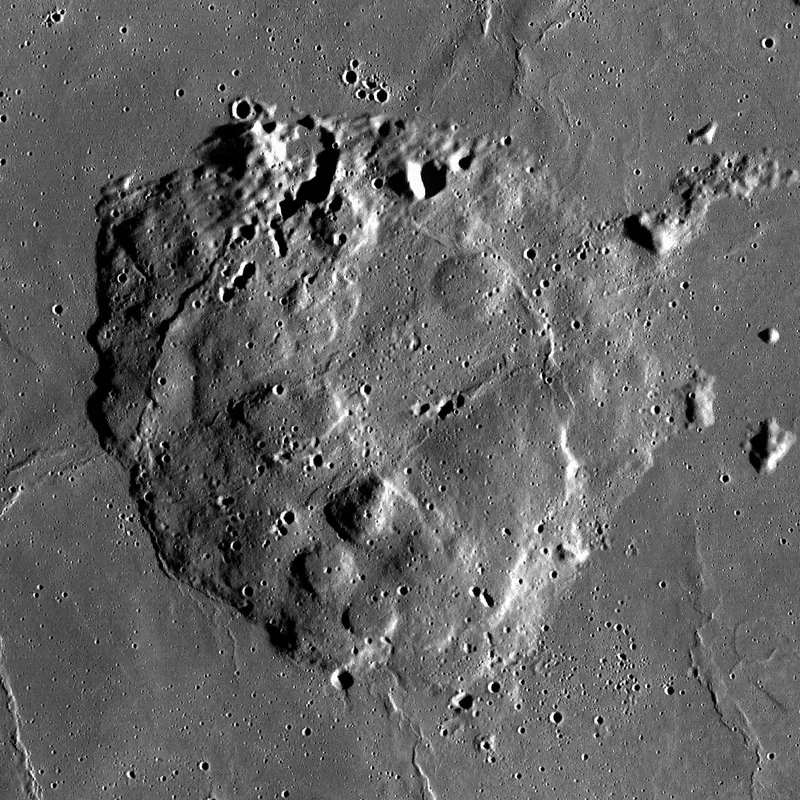
Lunar volcanoes
The gravitational pull is much less than ours, so that there is no air; virtually any atmosphere the Moon may once have had has leaked away into space.
Neither is there any water; recently it has been claimed that some water does exist inside the globe, but I must be honest and admit that I am highly sceptical.
The Moon moves round Earth in 27.3 days, which is also the length of its axial rotation period.
The same hemisphere is turned toward us all the time, so we always see the same side of the Moon.
From Earth we can never see the ‘far side of the Moon’, so that before the Space Age we knew nothing about it.
By now our spacecraft have told us that it is just as crater-scarred, just as mountainous and just as lifeless as the regions we have always known.
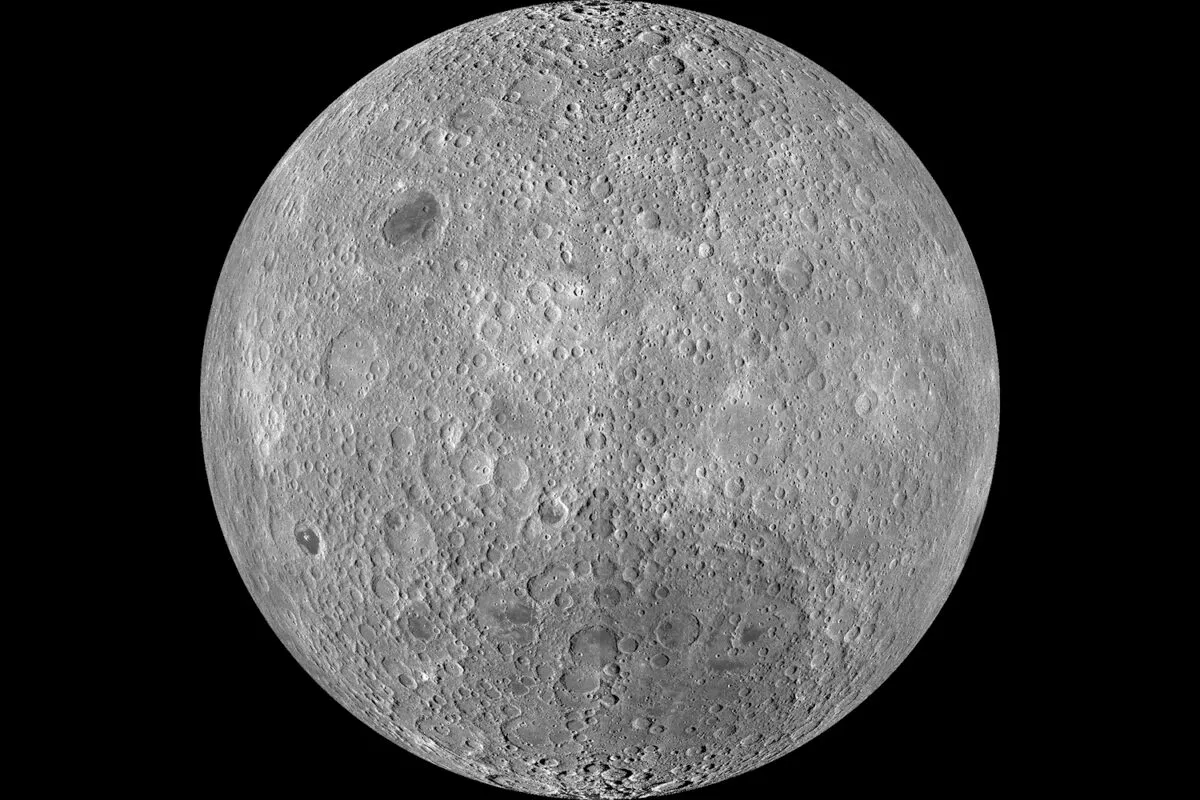
The ‘seas’ are unequally distributed over the Moon’s surface, far more extensive on the Earth-facing hemisphere than on the far side
The lunar lavas are basaltic. We know of very few discrete features that can be described as ‘volcanic’ in the usual sense of the term, and all of these are very small.
A team led by Bradley Jolliff from Washington University in St Louis, Missouri found evidence of volcanoes on the Moon’s far side.
Using images from the Lunar Reconnaissance Orbiter (LRO), Jolliff studied a curious ‘hot spot’ between two ancient impact craters, Compton and Belkovich, in the Moon’s North Pole area.
The ‘hot spot’ seems to be a small volcanic province created by the swelling of silicon-rich magma, usually linked with explosive volcanism.
It is officially known as the Compton-Belkovich Thorium Anomaly, because the rocks there are rich in the heavy radioactive element thorium.
Both Compton and Belkovich are virtually out of view from Earth, beyond the limb in the Mare Humboldtianum area.
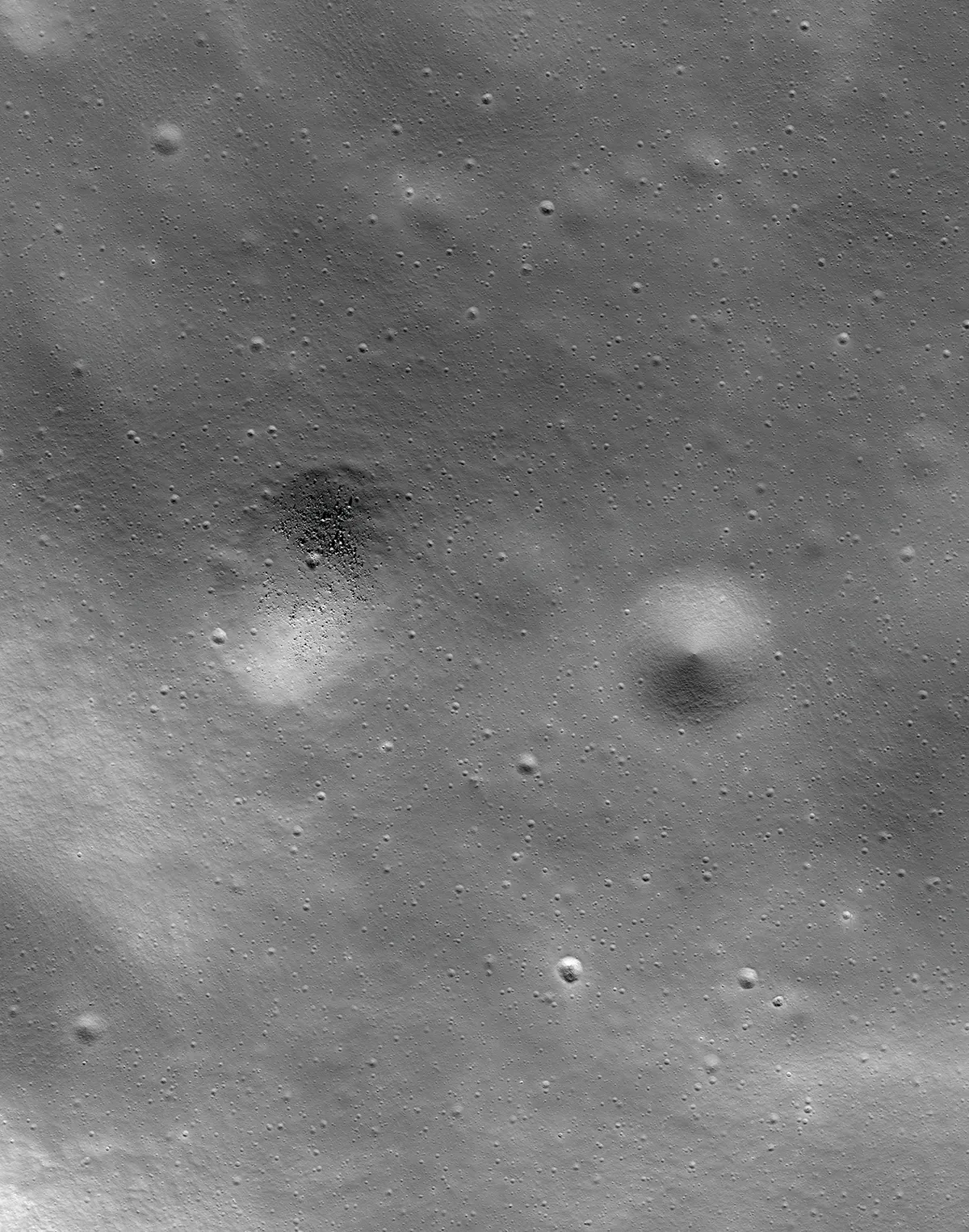
With my 15-inch reflector, I have managed to glimpse tiny segments of their walls under ideal conditions of libration but I would not have recognised them had I not seen the LRO images.
The area contains numerous domes, some of them more than 3.6 miles (6km) high, with steeply sloping sides, which were apparently formed from viscous lava.
There are also circular depressions, presumably resulting from caldera collapse or volcanic vents.
The rocks differ markedly from the black basalts making up the maria on the Earth-turned hemisphere, and are much higher in silicon and potassium than the basaltic volcanism seen elsewhere on the Moon.
A localised region of volcanism on the far side is very unusual indeed.
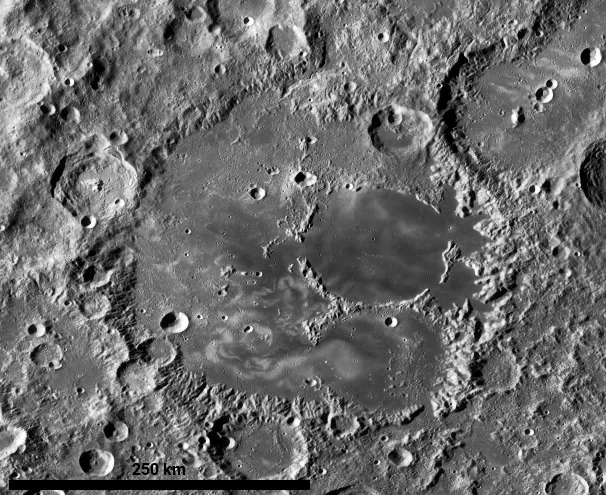
But probably the most significant fact is that by lunar standards it is young.
To quote a member of the team, Prof Ian Graham from the University of New South Wales: "This is the first evidence of such young activity on the lunar surface, meaning that the Moon was still geologically active just 800 million years ago, rather than the one-two billion years as previously thought.
"It’s been 42 years since we first walked on the Moon, and we’re still finding out new things. It shows there’s certainly good scientific justification to send people back there."
Since these results were announced, many people have been asking two important questions.
First, are there any signs of activity on the Moon at the present moment?
And, secondly, if the Moon is not completely inert now, can there be any renewal of major activity in the future?
As the Moon – like Earth – is under constant bombardment from meteoritic debris, small impact craters may be produced at times (a few have certainly been identified on Mars), but the chances of a strike by an impactor massive enough to produce any significant volcanism are low.
I think we can safely rule out any sizeable crater being formed by internal action, both on the Moon and here.
Earth is too evolved for that, though there may well be super-earthquakes in places such as Yellowstone Park.
Minor activity can, and does, occur. All long-term lunar observers equipped with adequate telescopes have seen localised glows, movements and obscurations; these are known as TLP, or Transient Lunar Phenomena.
Their reality is not in doubt, as they have been photographed, but we are still not sure what causes them.
In any case, they involve only minor disturbances in the upper dust layers, and to refer to them as volcanic is completely misleading.
In its youth, the Moon was a world of raging torrents of fiercely hot lava – a picture we find hard to visualise today.
The last true lunar volcanoes roared and then fell silent long before the dinosaurs became lords of the Earth.
These far-side observations raise the question of how long volcanic activity lasted for.
